One of the many joys of using social media for Louisiana Fishing Blog has been the countless useful comments posted all the time by anonymous people on the Internet, such as this one:

Okay, so I’m being sarcastic, but there was also this one:


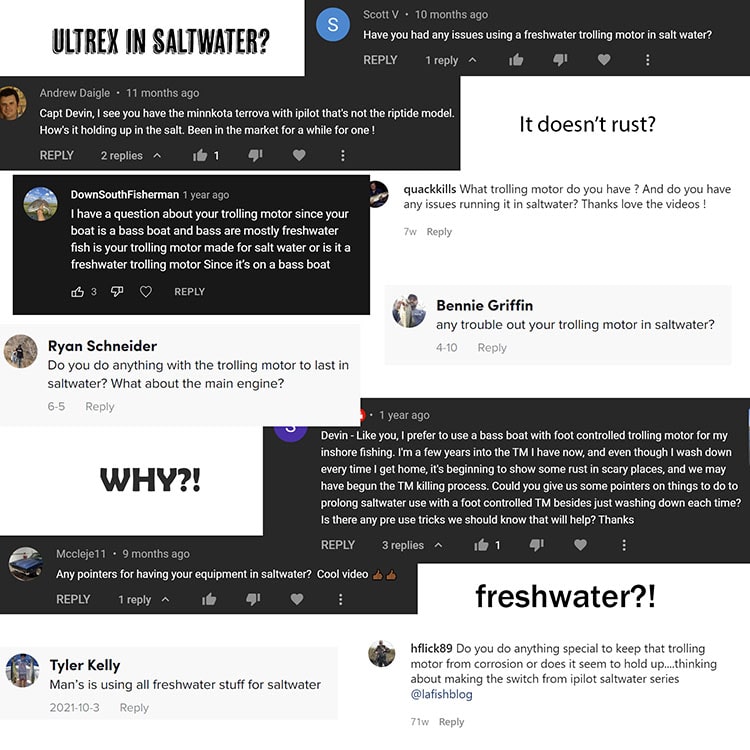
It’s a fair question. I’m sure the advanced utility of a cutting edge trolling motor like Minn Kota’s Ultrex isn’t lost on savvy anglers, inshore fishing or not.
It’s a question I’ve received so much and, because I especially hate repeating myself, it’s become clear that the best way to answer this is with a thoughtful blog detailing my experience with the Minn Kota Ultrex in saltwater.
In order to do this, we must first explore some pointed questions:
Tables des matières
Why do I use a Minn Kota Ultrex in saltwater in the first place?
And that’s where we begin: Why even use a trolling motor such as this one in the first place when Minn Kota makes models specifically for saltwater use?
Well, Because This Trolling Motor Is Friggin’ Amazing
I use the Minn Kota Ultrex for saltwater fishing primarily because it’s an awesome friggin’ trolling motor that sports the following features to serve my needs:
It is the one trolling motor that truly does it all.
But — for whatever reason that is beyond me — the trolling motor overlords have not seen fit to bless inshore peasantry like ourselves with a saltwater variant.
The Sad Reality Is…
…that the Ultrex was made primarily with bass anglers in mind. My wild guess is that Minn Kota figured we inshore anglers are unsophisticated troglodytes happy with dead bait, spinning tackle and never looking at a graph for the obvious things underwater.
If they really do feel this way, then you can’t blame for doing so after reading comments from « saltwater » anglers on my inshore fishing videos:


Of course, if you know me and my brand at all, then you know I use a bass boat and a good deal of bass tackle for saltwater fishing.
These guys just don’t know. And that’s okay, clearly their forte is not bass fishing, which lends to my point:
The advantage of a cable-steered foot pedal trolling motor with spot lock is one that goes overlooked by most people sporting a Salt Life sticker, especially for jigging speckled trout (one of my favorite things to do).
I’ve fished everywhere from Slidell to Venice to Vermillion Bay with my Minn Kota Ultrex and it’s done amazingly well catching speckled trout, redfish, triple tail and other various inshore species.
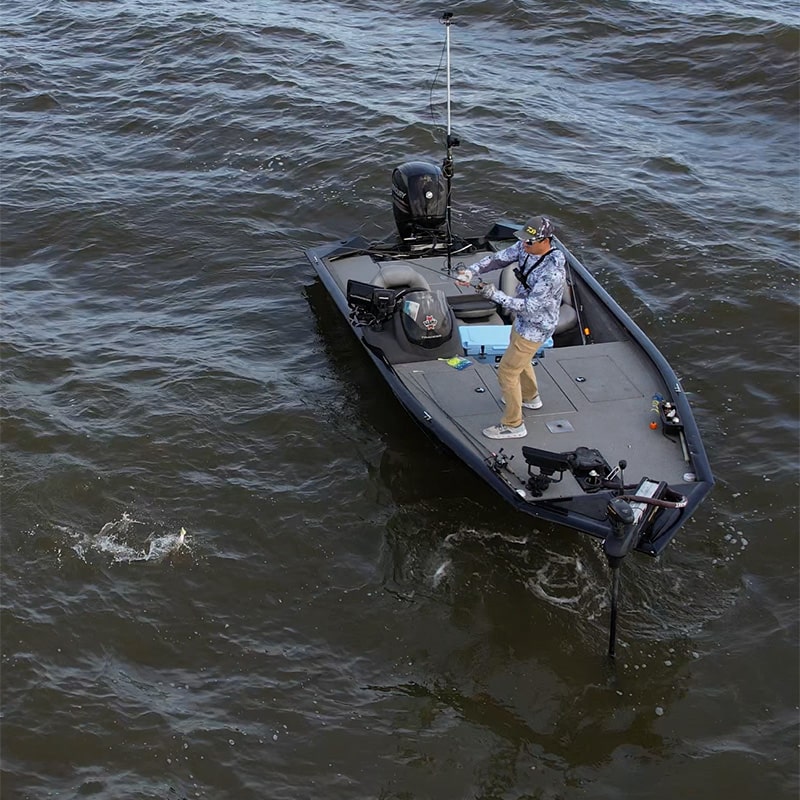
But this doesn’t change the fact that it’s a trolling motor designed for freshwater. It’s safe to assume that this expensive piece of equipment will be corroded apart by the rigors of a saltwater environment.
This is a real concern, which leads us to my next point…
Louisiana Is Not That Salty
The coast of Louisiana is not as salty as you’d go to think.
For sure, over the decades this salinity has gone up and down across the board, with the last ten years or so being one of the wettest cycles we’ve ever seen with back-to-back Bonnet Carré Spillway openings to prove it.
That and the depth of our vast marsh — combined with the influence of the Mighty Mississippi — makes for a coast that is much lower in salinity.
This actually isn’t bad for inshore fishing, as speckled trout and redfish do fine in lower salinity (or even straight fresh water).
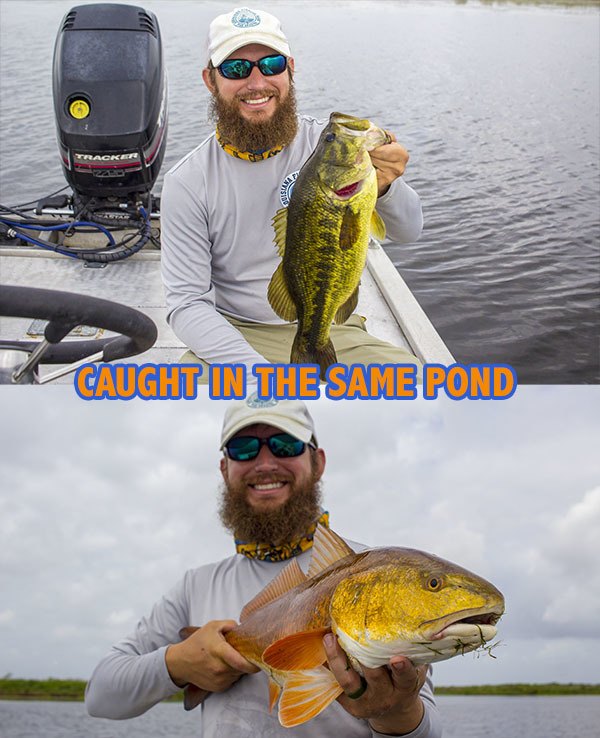
So How Salty Is Louisiana’s Coast?
It depends on which specific area you’re looking at, but anywhere further inland (i.e. Westwego, Manchac, Dularge) will have lower salinity (as low as 0 ppt) and, as you progress closer to the Gulf of Mexico, you’ll see a gradual increase in saltiness (ocean water is 35 ppt on average).
Hydrocoast maps do a good job of showing this gradient in salinity.
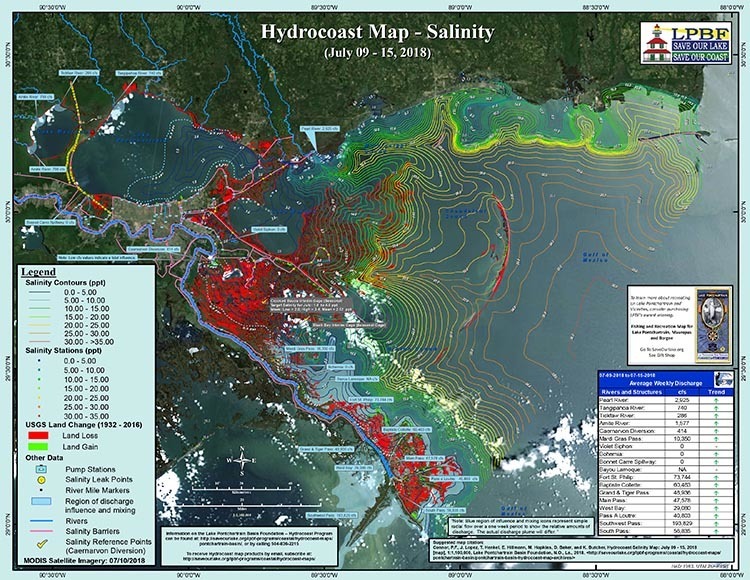
Click to Enlarge
So, not all of my inshore fishing trips are to places that have a lot of saltwater, if any at all, and that has — more or less — been a saving grace fishing my Minn Kota Ultrex for specks and reds.
I think that if I were fishing this trolling motor in straight ocean water the entire time that it would have kicked the bucket a long time ago.
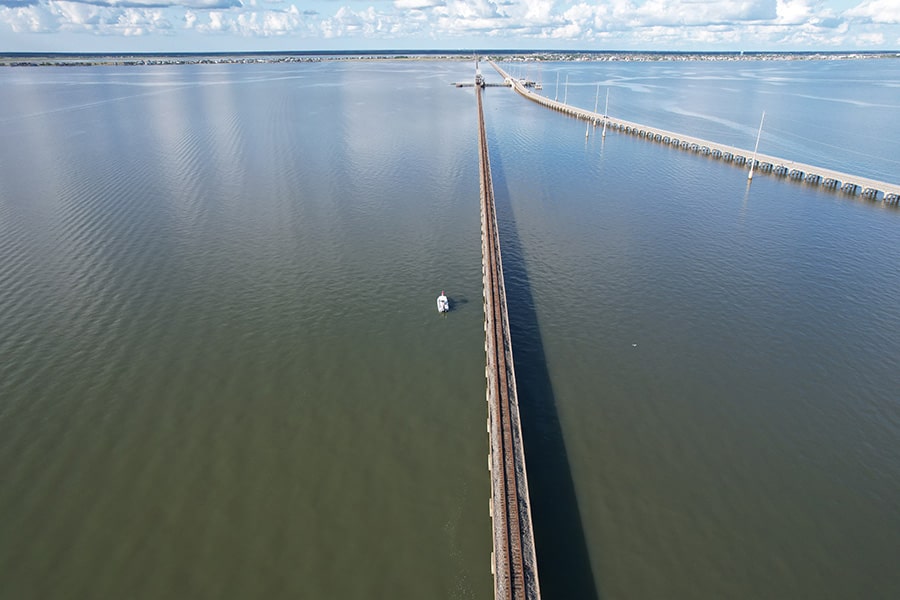
Lake Pontchartrain rarely sees salinity levels above 5-7ppt, and it’s an excellent location for speckled trout and redfish.
However, low salinity is still enough salt to corrode and rust a pricey freshwater trolling motor, and my Ultrex has seen service in very salty places like Chandeleur Sound and Grand Isle.
So this begs the following question:
How has the Minn Kota Ultrex held up under saltwater use?
It’s actually done pretty good. It’s been in service for about five years now, and shows corrosion on the lower unit. The circuit boards look good and the only failures I’ve had with it were related to a manufacturer’s defect, which was some kind of sensor in the foot pedal that was easily fixed.
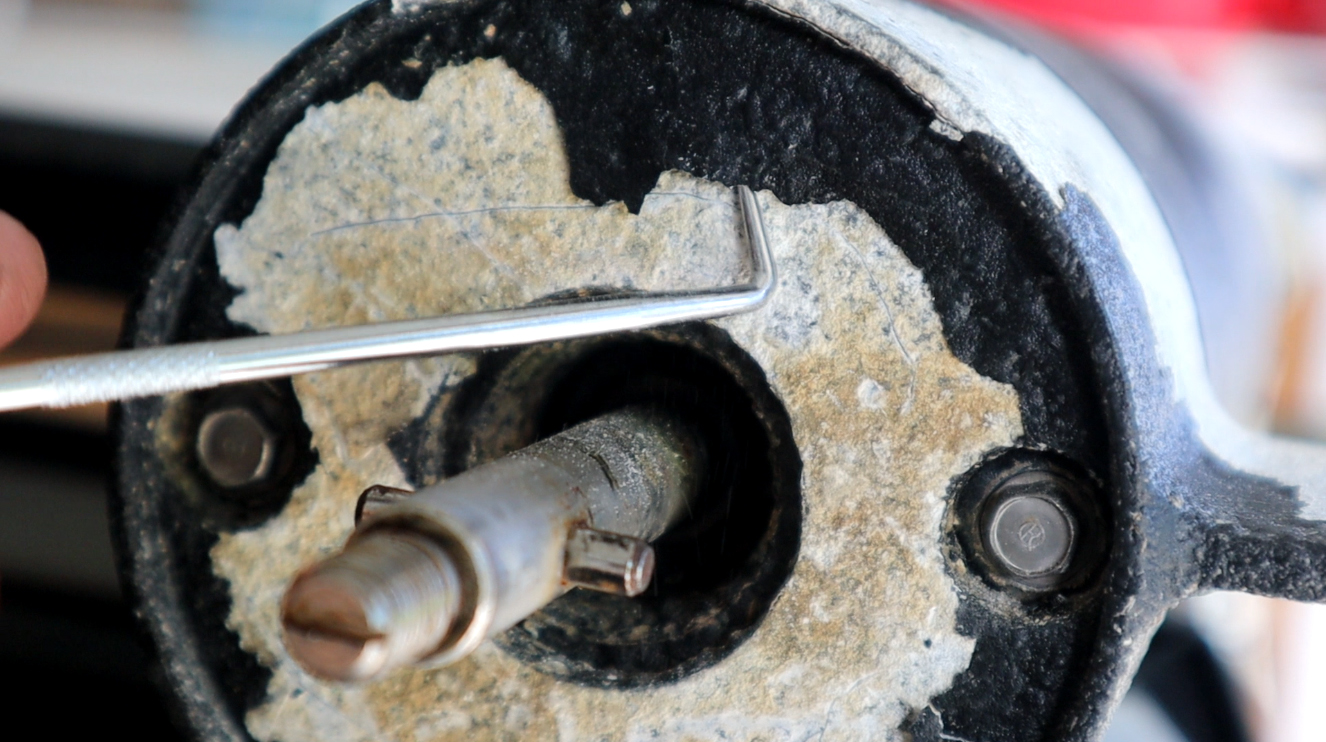
This corrosion is cosmetic, the trolling motor works fine. There’s no visible corrosion or rust anywhere beside the lower unit exterior.
I’ll admit that I really dropped the ball on documenting how much rust and corrosion this Minn Kota Ultrex saw. It really wasn’t that much, mostly cosmetic stuff on the lower unit.
The picture below was taken after a fishing trip the day after I had ground away the corrosion on the aluminum end caps and some of the rust on the main body.
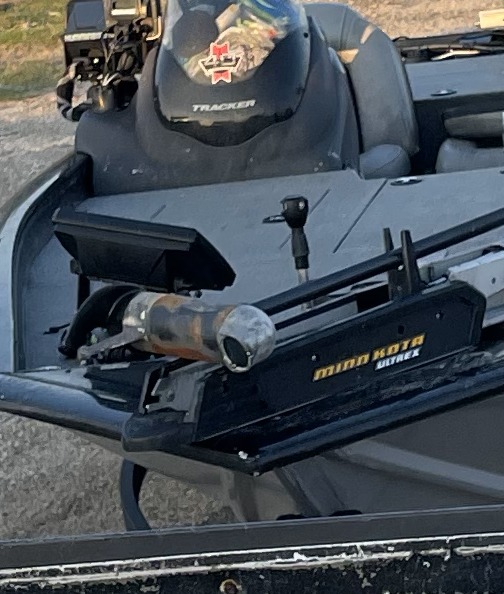
Click to Enlarge
Hey man, the fish were biting and it was time to go! But why am I cleaning up the Ultrex myself? Well, that’s because of a little something about its warranty.
Important Thing You Should Know About The Warranty
Warranties are awesome. They’re a promise from the manufacturer to the end-user that everything will be alright, even if they go wrong.
A good warranty makes us feel warm and fuzzy, but Minn Kota makes it painfully clear what will happen to the Ultrex’s warranty should the trolling motor ever see a single drop of saltwater:
« This limited warranty does not apply to products that have been used in saltwater or brackish water, commercially or for rental purposes »
And that’s pretty much it. If you purchase expensive things with the warranty in mind (and why would you not?) then this is clearly a deal-breaker for ever fishing Louisiana’s coast.
Which is somewhat underhanded on Minn Kota’s part, because surely they know that Bassmaster (the standard for everything bass angling) regularly visits inshore estuaries like Chesapeake Bay in Maryland and St. John’s River in Florida.
Those guys inevitably run across some kind of salt or brackish water.
I’ve been to both locations, and the same places they’re fishing for bass are the same locations you see blue crabs being harvested.
That and Bassmaster used to visit Louisiana all the time but, unfortunately, they no longer do because of our completely screwed up water access laws.
Anyway, getting back to the trolling motor:
The warranty really doesn’t matter IF…
…you are a person who is savvy with tools, confident troubleshooting mechanical/electrical issues, can take the initiative and problem solve without needing your hand held.
Yes, that sounds harsh, but it’s true.
I’m the kind of guy who doesn’t like his things breaking, so I maintenance them. Lots of preventative maintenance. Then, once they do inevitably break, I like to have them back up and running as soon as possible.
This means dirty hands and bloody knuckles from turning a wrench well past my bedtime, because I want that equipment purring on the next day’s fishing trip.

That and I’m kind of a nerd when it comes to mechanics and electronics. I’ve enjoyed building and flying RC planes, re-wiring boats and doing light automotive work throughout my childhood and adult life.
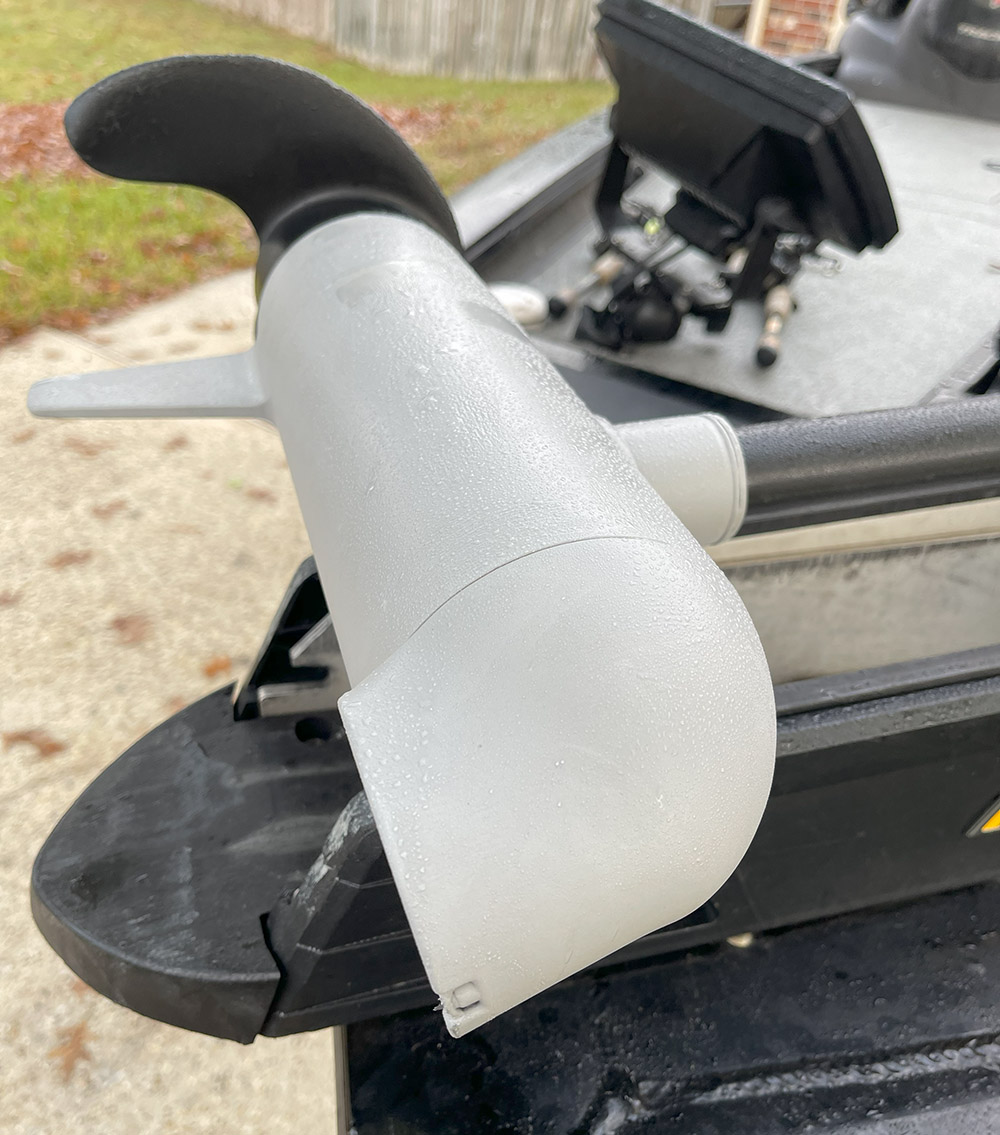
After cleaning up the lower unit, completely removing all rust and corrosion, it was ready for a coat of primer paint.
I’m telling you this because the ability to take the initiative and troubleshoot a problem is a massive step in self-improvement that is more valuable than any warranty.
That and those are skills you are going to want to have if you own a boat and fish the hell out of it. Remember the old acronym: BOAT = Break Out Another Thousand
So if you are not mechanically inclined and don’t care to be:
I suggest investing in a saltwater model trolling motor with a better warranty that suits your needs.
But if you are mechanically inclined:
I suggest putting electronics-safe Corrosion-X (the red can) on all electrical contacts, occasionally checking the control board in the foot pedal, and disassembling the lower unit for inspection. You know what to look for:
- nasty green corrosion
- rubbing wires
- loose connections
- that kinda stuff
Water leaking into the lower unit is painfully obvious. You know, because it’s water….in the lower unit.
Anyway. I’m not sure why I had to mention that.
When you do inspect the lower unit, you will want these seal kits to button everything back up nicely (you should replace O-rings when servicing Minn Kota lower units — actually, you should always replace O-rings for something that goes underwater).
Those links go to Northland Marine, whom I have no relationship with, I’ve just ordered stuff from them over the years and they’ve been pretty reliable.
Their parts diagram for the Minn Kota Ultrex is pretty useful, as you can imagine.
This Ultrex Rebuild Video Is Good, Too
I’m not familiar with this gentleman, but I did come across this video in my research. You may find it useful in the event you’ve never taken apart a trolling motor:
His trick for removing the seized bearing at 10:20 was pretty neat. Definitely keeping that one in mind!
How To Protect Your Minn Kota Ultrex Against Saltwater
The following are good tips regardless if your trolling motor is made for « fresh » or « salt » water. It all begins with good preventative maintenance, right?
The first thing I do is inspect for crappy factory terminal connections and replace them with good heat shrink. You know what I’m talking about.
Then, I like to put Corrosion-X on anything that can corrode, especially bearings and electrical connections. Be sure to use the red can and not the green can for electronics.
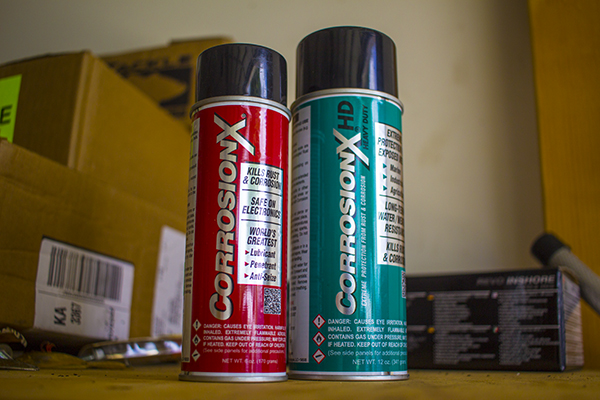
The can on the right is good for everything but electronics. Use the red can for electrical applications.
After that I make a point to give the trolling motor a good freshwater rinse after each fishing trip as well as regular inspections where I remove the prop and inspect the shaft for fishing line.
Additional Maintenance Tips
I also run the trolling motor without the prop on to listen for any noise indicating something is horribly wrong in the lower unit or steering housing. You’ll know when you hear it.
It’s also important to note not to directly shoot pressurized water onto/into your trolling motor if you’re rinsing your boat at the car wash.
That’s about as detailed advice I’m going to give, because this isn’t that kind of guide. It’s not a mechanical « how to » article.
That and I’m just trying to mitigate comments asking for things I cannot provide. I’m no mechanic, just a little dangerous with a screwdriver.
Anyway.
This video from Australia shows pretty cool modifications to adapt the Minn Kota Ultrex for saltwater fishing. It could be worth exploring if you have the tools and skills:
Will I continue to use the Minn Kota Ultrex for saltwater fishing?
Yes. Absolutely. If I stop it’s because Minn Kota finally made a saltwater Ultrex and it’s adorning the bow of my boat.
Or because I’m dead. One of the two. You get it.
It’s also worth pointing out that I run a bass boat (that’s literally a whole other blog post) and bass boats have recessed trays that allow foot pedals to sit more even with the deck.
Bay boats and skiffs don’t have this.
Fishing a cable-steered foot pedal without this feature is uncomfortable and not very practical, especially if it is sliding around the deck constantly.
So, for these reasons, I run an Ultrex for saltwater fishing in my bass boat, but it’s worth noting that I do have a dinky aluminum boat made specifically for running redfish ponds, and that boat is equipped with an electronically steered foot pedal. See it below:
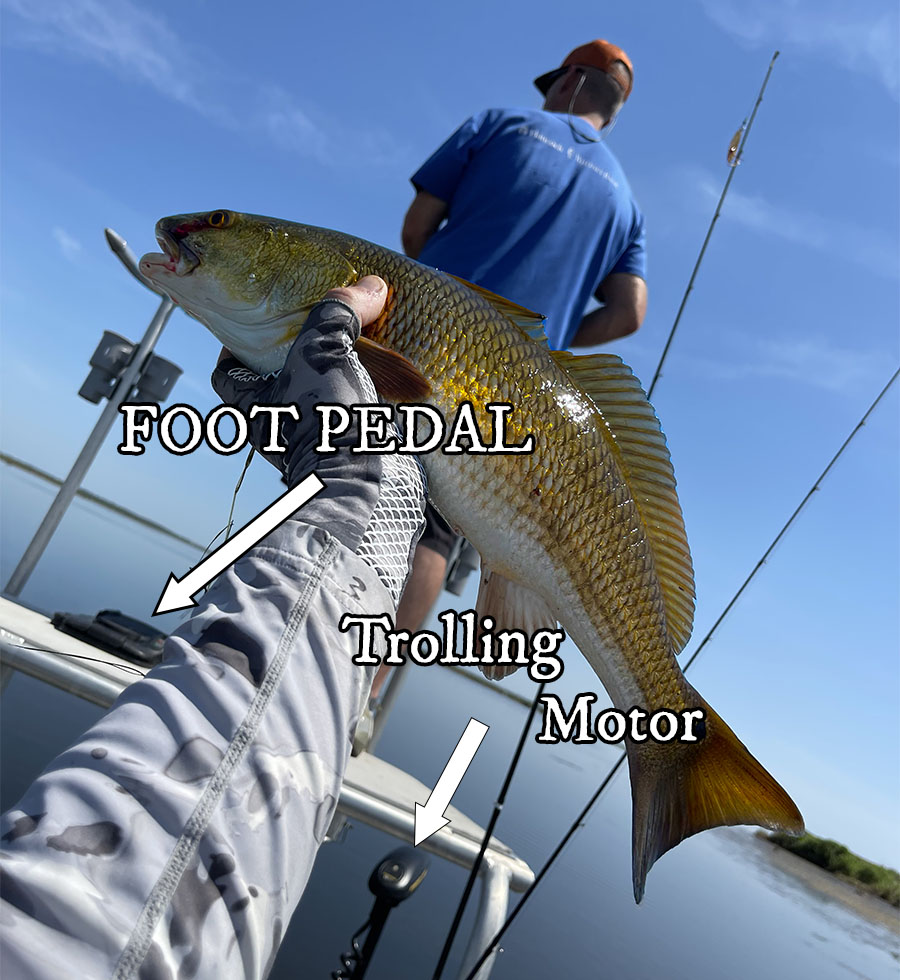
In this picture you can see how I use a Terrova trolling motor and electronic foot pedal for sight fishing redfish in my aluminum flatboat. This is not the same boat as the Tracker that has the Minn Kota Ultrex.
Over To You
Overall, I’d say that the Ultrex has done well inshore fishing for speckled trout, redfish and more. If you’re not sure, just watch my fishing trips for proof.
But enough about that. We already know what I think. What do you think?
Do you run a Minn Kota Ultrex in saltwater? Why? Why not?
How do you take care of it?
Tell me in the comments below!

